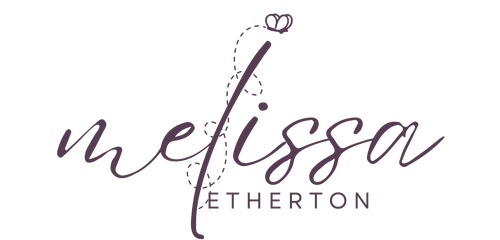Tell me if this sounds familiar, you begin to write the outline for your online course, you’re so excited that you’re finally sitting down to get your ideas on paper, but before you know it, you’ve got 16 pages and you’re off on a tangent trying to fit in everything you know in one teach-all course.
Now, 20 modules and 50 lessons later you are stuck and overwhelmed by the massive course you have outlined in front of you. You start to think about all the videos and video editing, then you remember that all those videos need worksheets (because every video needs a worksheet, right?) Oh, but you also wanted to have downloadable transcripts. And, you were going to offer the bonus of audio lessons.
Whew! Now that I’ve got your head spinning, let’s bring it back in. What happens all to often, especially in course development, is that every point covered brings up a new point to be addressed.
And because you’re so well versed in your topic, you feel like you need to explain it all. You want your students to know everything!
Oh, my pure-hearted friend, your intentions are sweet, but you don’t need to, nor should you want to give your students everything at once.
If you’re dizzy just looking at the outline, imagine how they’ll feel when they realize they need to watch all those videos.
Believe me, I get it. I’ve been down that rabbit hole myself, many times.
When you strive to provide the very best information for your audience, it’s easy to want to include one more explanation; one more video. Soon, you’ve outlined an encyclopedia’s worth of content that overwhelms not only you, but your clients as well.
Most people don’t want an all-in-one course. They just need the next couple of steps or a very specific solution.
ONE PROBLEM, ONE SOLUTION
Most people don’t want an all-in-one course. They just need the next couple of steps or a very specific solution.
In my program, Create and Launch Your Epic Online Course Using Kajabi I am targeting a very specific need, want, and solution; using a step-by-step approach, course creators can learn how to set up their freebie funnel, course, email sequence and launch in 5 weeks. It’s specific, it’s focused on one of my audiences, and it has a clear goal: learn how to create and design your own courses in Kajabi.
If your course helps your clients identify their ideal client, then including information about choosing a domain name might seem relevant, but really, it’s a distraction and can cause your student to become indecisive.
I learned this early on. When I first started working with one-to-one clients, I figured out that I needed to give them more narrow options and only a few suggestions, otherwise they fell deep into decision overwhelm. Then it became increasing hard for them to choose because they were in decision exhaustion.
Too many details, too much information, too many choices.
Let’s not do that to our students. Keep it simple.
DEPTH OF KNOWLEDGE
Another course creator trap to avoid is depth of knowledge; going too deep into the topic. Of course this depends on the level of your students. If depth knowledge is why they’re coming to you, then definitely provide that level of information. But if your students are beginners, be sure that your content goes to an appropriate depth.
Too much, and she’ll log out and never return—for this or any other course you create. Not because you’re a bad teacher, but because she’ll be convinced she’s a bad student.
Instead, when your creating your course focus on a single problem and a single solution. Dig deeper and present ideas and information that won’t be found anywhere else, such as:
These are the types of things that your audience will happily pay for because they won’t be able to find them elsewhere.
When you focus your course on a single problem, you’ll have the leeway to create these and other resources. Take a broader approach, though, and you’ll be forced to skimp on the “extras.”
RECOMMENDATION
If you’ve never made a course before, start with a mini course, free or paid. You will have a better understanding of everything that goes into creating, building, connecting, and launching an online course.
It is always more work than people anticipate.
By giving yourself a “crash course” on a smaller scale, you’ll know what to expect when it comes time to build that larger course. You’ll be more prepared for the time, energy, and financial output it takes to create your epic online course.
Don’t dismiss that massive online course though—there is still room for that all-inclusive program. One look at powerhouse coaches such as Marie Forleo and her massively popular B-School is all the proof you need.
Keep in mind, though, that if you decide to go ahead with an online course, program or workshop of this magnitude, you will (by necessity) have to:
Remember, that a large course can be more difficult to sell—and we’re not just talking about the price. There’s a bigger time commitment on the part of the buyer as well, and that’s something she’s going to have to carefully consider before she says "Yes."
A smaller, single-problem course is easier to commit to and easier to complete and still have huge success.
One last thing, I've been helping entrepreneurs create courses in all different niches, if you could ask me two questions about creating a course, what would they be? Please enter your questions in the comments section.
I can't wait to see what you ask.



Thank you Melissa for all this wisdom. If I had read this a few days ago, maybe it would have helped me tone down all the info I put into a program I produced. I also like the idea of getting info that everyone can’t just get anywhere.